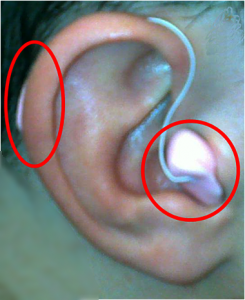As an avid Slackware enthusiast since version 3, I’ve been using it as my primary OS for more than 7 years now. One problem I’ve come across lately was getting my VPN client working on it. I’ve pulled it off on OSX Leopard, and Windows XP through Win7. After going through several guides on the issue, I finally came across something that worked over at www.rodneybeede.com. Attached is a simple script that will get the client working. You will have to rename it from “fixNC.DOC” to “fixNC.sh” (Sorry, wordpress limitation, not interested in violating the TOS). You will need to run this as root. Enjoy!
I’ve officially been published
The abstract is online now. This is one big step for me.
Applications for Low Frequency Impedance Analysis Systems
http://www.springerlink.com/content/k7897184m1371682/
Abstract We present methodology and instrumentation used to carry out and log automated multiple electrical impedance measurements using multiplexed control. We also address the issue of measurement error introduced by the instrumentation, and demonstrate how we reduce these effects in our experiments. Finally, we present two potential applications for our automated electrical impedance analysis systems: tissue scanning and mapping via impedance measurements between arrays of electrodes, and materials testing of novel conductive polymer materials.
Ken Spencer Competition – 3rd Place
Well we pulled through and ranked in the Ken Spencer busisness competition, excellent news for my team and I. We’ll be improving on our current business plan and entering it in the Enterprise Canada competition. Still going strong. Looks like the schematics stay with us. I’ll be sure to put some PWM and ADC tutorials in my PIC tutorials over the holiday break though.
Our new hearing aid, just in time for the Ken Spencer competition.
Here is our latest and greatest revision to our original design. We’re aiming to make it a bit smaller yet. The device is technically an ITC (in the canal) device, with the controls located behind the ear, though it doesn’t qualify as a BTE (behind-the-ear) device.
The final revision will implement multiple memory slots so that not only can our existing replay feature work even better, but we can have a few memory slots set aside for long-term use, possibly by dumping the static RAM contents to the EEPROM. This will require a “soft” shutdown feature, but based on how reliable the device has been so far, we can likely keep it that way with a “pinhole” hard reset feature for worst-case scenarios. To top it all off, it finally “looks pretty”. See below. Cheers!

